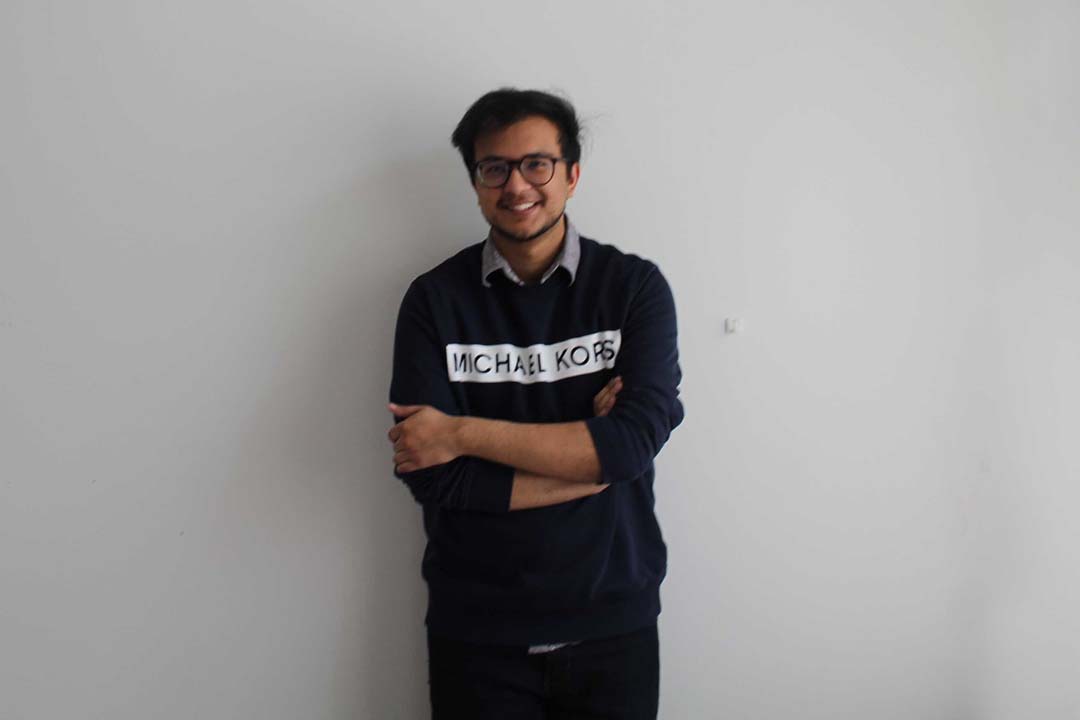My entire life, I have always wanted to be a scientist. As a child, I remember telling my parents I wanted to be a paleontologist and then switching to a forensic scientist in middle school, an astrophysicist in high school, and finally settled on neuroscience in university.
But where I saw incredible discoveries and an endless world of fascinations, many of my peers often saw boring, endless work with no fun. To many, science is a tough, inaccessible field that feels like a chore, with the content being too dry and bogged down to ever be engaging.
When I got the opportunity to be the science editor here at The Varsity, I knew I could combat this notion surrounding science. I wanted to share my love for science and technology and their incredibly rich history, so I took the position with that goal. I wanted science to be accessible, fascinating, and fun, while still maintaining a good quality of reporting.
Thanks to the incredible associates, columnists, writers, and team at The Varsity, I believe we’ve done a good job of that. Just looking at the numbers, science content has appeared in the top 10 most read articles of the week more times than I can remember throughout the year, and the number of new and returning writers we’ve had has grown incredibly. Together, we’ve been able to cultivate a section that is engaging and accessible, without detracting from the quality and value of our content.
The past year has seen some incredible advances in artificial intelligence (AI) in particular, from the development of ChatGPT, which can create human-like writing in seconds, to the use of an AI model to distinguish between pastries and detect cancer cells. Some of them happened at U of T as well! We had a lab develop an algorithm to better search deep space for alien life, and another lab that developed a model to create a potential cancer drug in 30 days.
Overall, this has been an exceptional year for science, but we wouldn’t have been able to cover it this well if not for a few key people that have contributed immensely. I want to thank the brilliant science associates, Seavey and Salma, for their insights and contributions to the section. Thank you for editing various pieces, listening to my slightly insane article pitches, and coming up with even more insane ones to match, and writing incredible investigative and history of science pieces this year.
I would also like to thank our incredible management, copy editors, and fellow masthead at the paper for creating such an incredible environment for our ideas to thrive. This is genuinely the healthiest workplace I’ve ever been at.
Finally, thank you to all our wonderful contributors and readers. Without you taking on the pitches I send out, or pitching your own articles, or reading the articles we publish, we wouldn’t have been able to do the work we did this year. Thank you to each of you for all the effort you put in.
Science, to me, has always been magic that works. And all the work I’ve read this year has done nothing but strengthen that notion.
— Sahir Dhalla
Science Editor, Volume CXLIII


